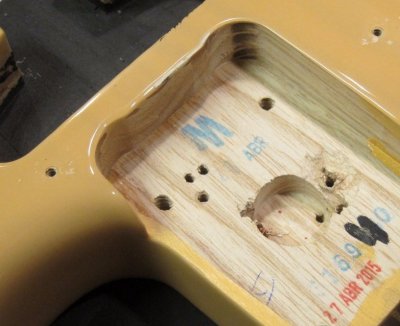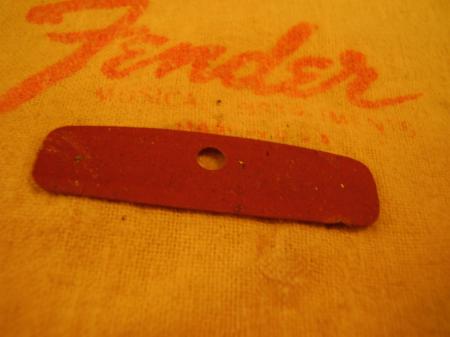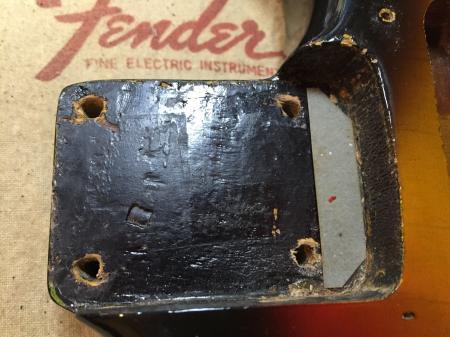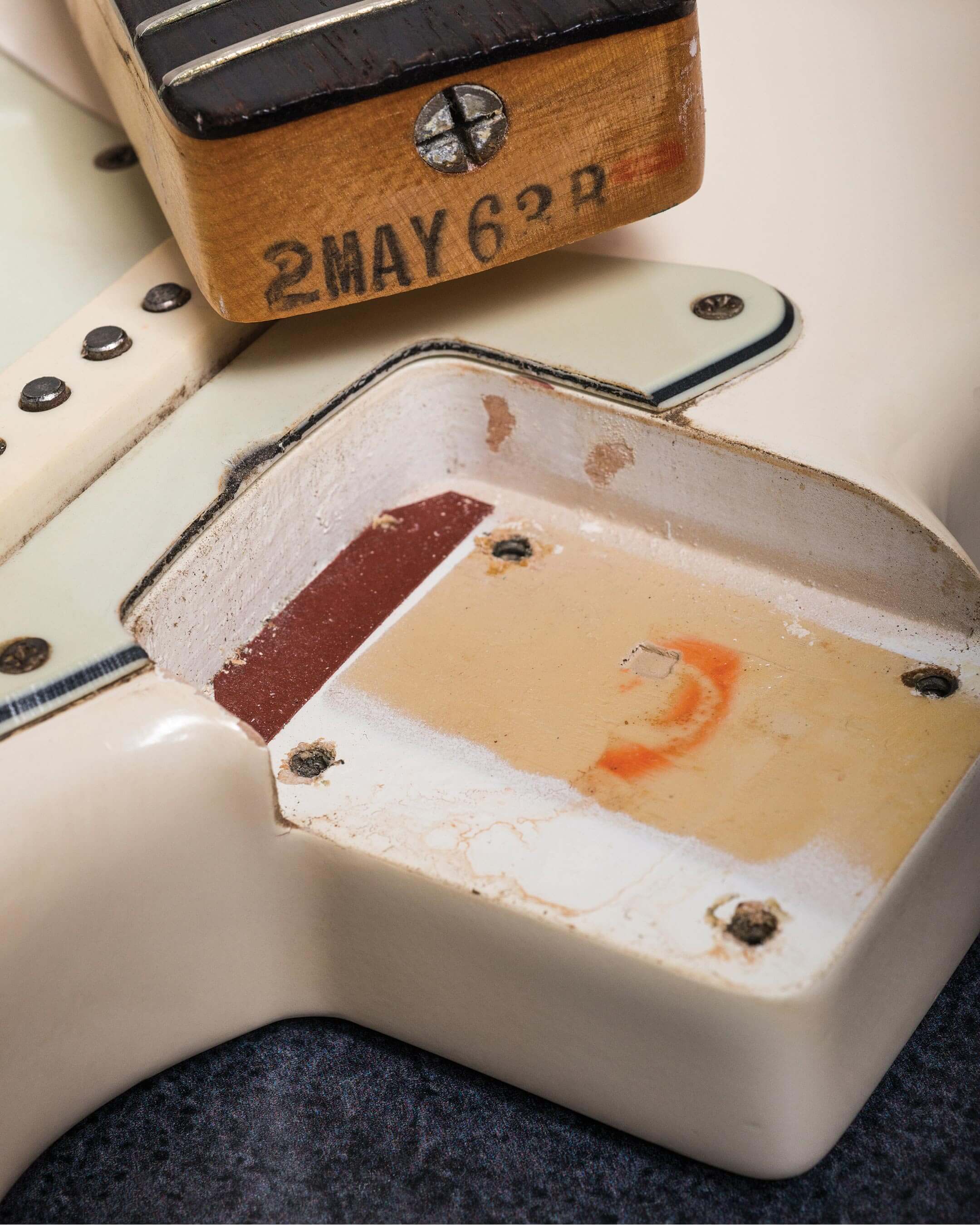I'd rather alter the butt end of the neck instead. I can do a neat job.That's how Fender does in in Mexico...one route that fits both Teles and Strats and can be done with a large, durable CNC bit. The pickguard hides the extra space

Rounding the neck butt is definitely possible, but all the work will show, so it's got to be just right. As long as the neck is where the Strat neck should be, no intonation problems. BTW, this is what Neal Moser did on Jimi's Newport Strat above.
I vote against the idea of trying to mount mount the Tele neck to the Start pocket with any expectations of intonation, screws lining up, oor being able to hide the gap with a pickguard.
The 22nd fret extension will cover any incriminating evidence of a lack of skill on my part if there is any.
Thanks guys!





